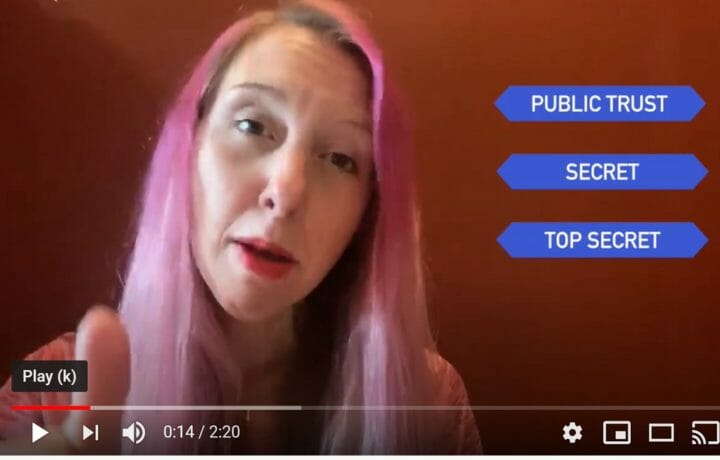Not all security clearances are created equally, although the criteria used to grant security clearances is the same. There are three basic levels of security clearance: Confidential, Secret, and Top Secret. Each clearance level is granted based on the sensitivity of the position and the need-to-know. If your position only requires access to basic systems or facilities, you may only need a Confidential clearance. If your position requires access to highly sensitive systems and facilities, you will need to obtain a Top Secret security clearance.
A common misconception is that the criteria are different for obtaining a Secret and Top Secret clearance. Many people assume that because obtaining a Top Secret clearance costs more money for the government, and takes longer, that the process is harder. But that’s actually not the case. The adjudicative criteria used to issue a clearance of any level are identical.
An individual may be granted a Secret clearance but then be unable to obtain a Top Secret security clearance only if there is information uncovered in the more rigorous Top Secret clearance that wasn’t revealed in the largely automated Public Trust or Secret clearance investigation. For instance, a personal reference may provide information about an unreported criminal activity that hadn’t resulted in a police record. This scenario, while possible, is unlikely, however.
The most common reason that a Secret clearance is granted and then a Top Secret clearance is denied is because an applicant lied about something on the Secret clearance application, and then either fessed up when they applied for a Top Secret security clearance, or that information was revealed in the course of an investigation, interview, or polygraph examination.
The most important thing to remember is to be honest at every stage of the security clearance investigation. You may be able to hide negative information at the level of a Confidential or Secret clearance, but it will likely be uncovered in the scope of a Top Secret security clearance. All security clearance applicants should review the adjudicative criteria before they apply. Most issues can be mitigated by applying the whole person concept, but applicants will need to provide mitigating evidence or statements with their security clearance application.




